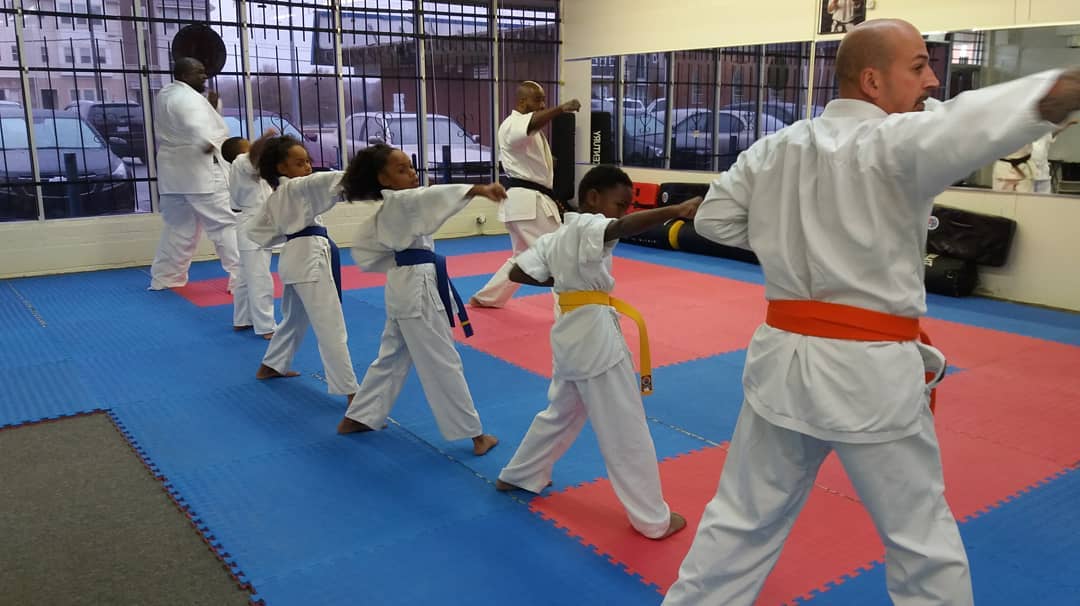Martial arts training is a learning experience, to say the least. Each day you spend in the dojo, you are bombarded with new movements, new techniques, and new strategies.
The best way to rise to the challenge of mastering all that material is to learn from the mistakes of those who came before you. In other words, if you can avoid the pitfalls that have trapped other martial artists, you will be that much further ahead for your next promotion test or sparring match.
The mistakes outlined in this post were gleaned from my 20 years as a martial artist and 10-plus years as a chiropractor who treats martial arts injuries.
10 Training one side of your body more than the other
Students do that because they always face their opponent with the same foot forward, and they think they will be able to make the same choice on the street. They do not know that always fighting from the same stance will make them predictable in the dojo, and it can ruin their ability to respond to unorthodox attacks on the street.
Solution: Train your weaker side first. In sparring, try to launch an attack using the arm or leg you normally don’t use. Merely switching your stance frequently in a match can help keep your focus and techniques sharp.
9 Using excessive force
Many beginners try to punch or kick so hard that they lose control of their body and set themselves up for injury.
Solution: When you learn a new technique, try to focus on proper body placement from the beginning to the end of the movement. When you have mastered that, you can add power.
8 Moving too quickly
Lower-ranked students sometimes observe the speed with which higher belts perform and try to duplicate it before they are ready. That can lead to improper technique and increase the risk of injury.
Solution: Ask advanced students to show you a new move slowly, then try to duplicate their movement in slow motion. As the technique becomes second nature, your speed will improve.
7 Stretching too far too fast
This is a big problem, especially for older students just getting into the martial arts. When their motion exceeds what their body can handle, it can result in pulled muscles or torn tendons and ligaments.
Solution: Stretch at home or in the office before you go to class. That will give you an edge because your body will be partially warmed up before you begin stretching in class.
Read the whole article HERE.



